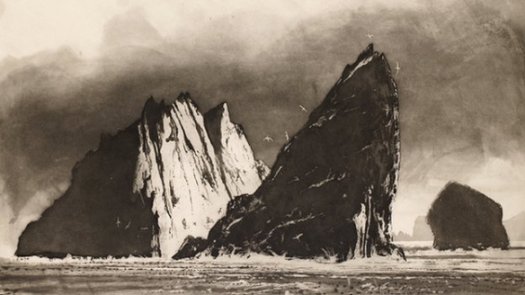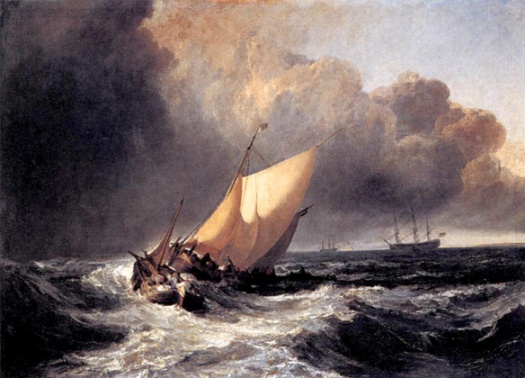The Art of Breakfast: a film about Danny Gregory from DannyGregory on Vimeo.
Being able to draw always seemed to me to be something mystical, reserved for the special few, when I came across Danny Gregory’s book ‘Everyday Matters‘ I was sucked in – it intersected two things that I was interested in teaching yourself to draw as an adult and living intentionally everyday. Since 2007, when I first came across the book, I’ve followed the ups and downs of Danny Gregory’s life through his blog and his books. His output shows that it is possible to have a very active publishing career while also balancing the demands of a family and busy career – Danny was a copywriter and creative director for an ad agency for a number of years.
‘Everyday Matters‘ was a reaction to the accident that Danny’s wife had on the New York Subway that left her paralysed from the waist down. It’s a sad story that concludes in his book ‘A Kiss Before you Go‘.
Since ‘A Kiss Before You Go‘, Danny has left his job at the ad agency and started ‘Sketchbook Skool‘ which looks like fun and lets him work with many of his friends, friends whose work he’d previously shared in his books of pages from their sketchbooks.
For more from Danny including his first feelings on receiving ‘A Kiss Before You Go, check out the videos below:
Jane LaFazio interviews Danny Gregory from DannyGregory on Vimeo.
Danny Gregory at VCU – part 1 from DannyGregory on Vimeo.
Danny Gregory at VCU – part 2 from DannyGregory on Vimeo.
Danny Gregory at VCU – part 3 from DannyGregory on Vimeo.
A Kiss Before You Go: First feelings from DannyGregory on Vimeo.






